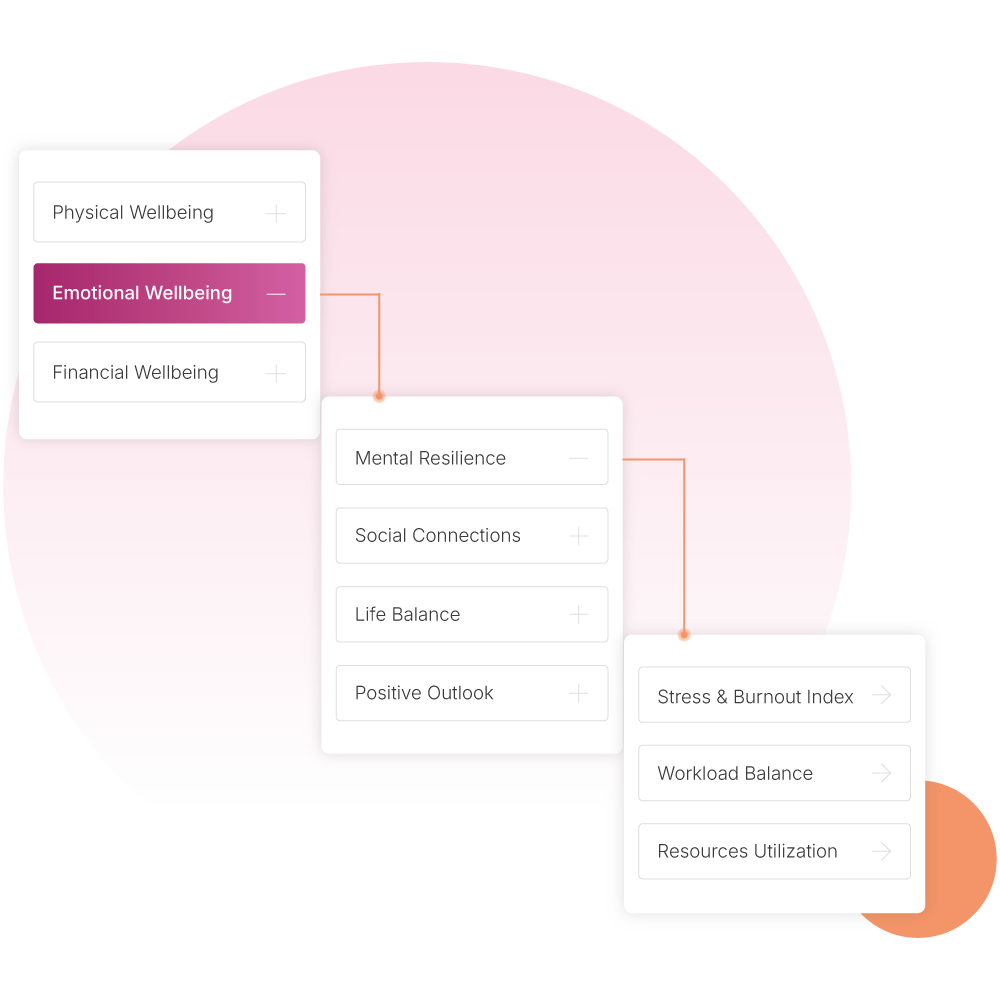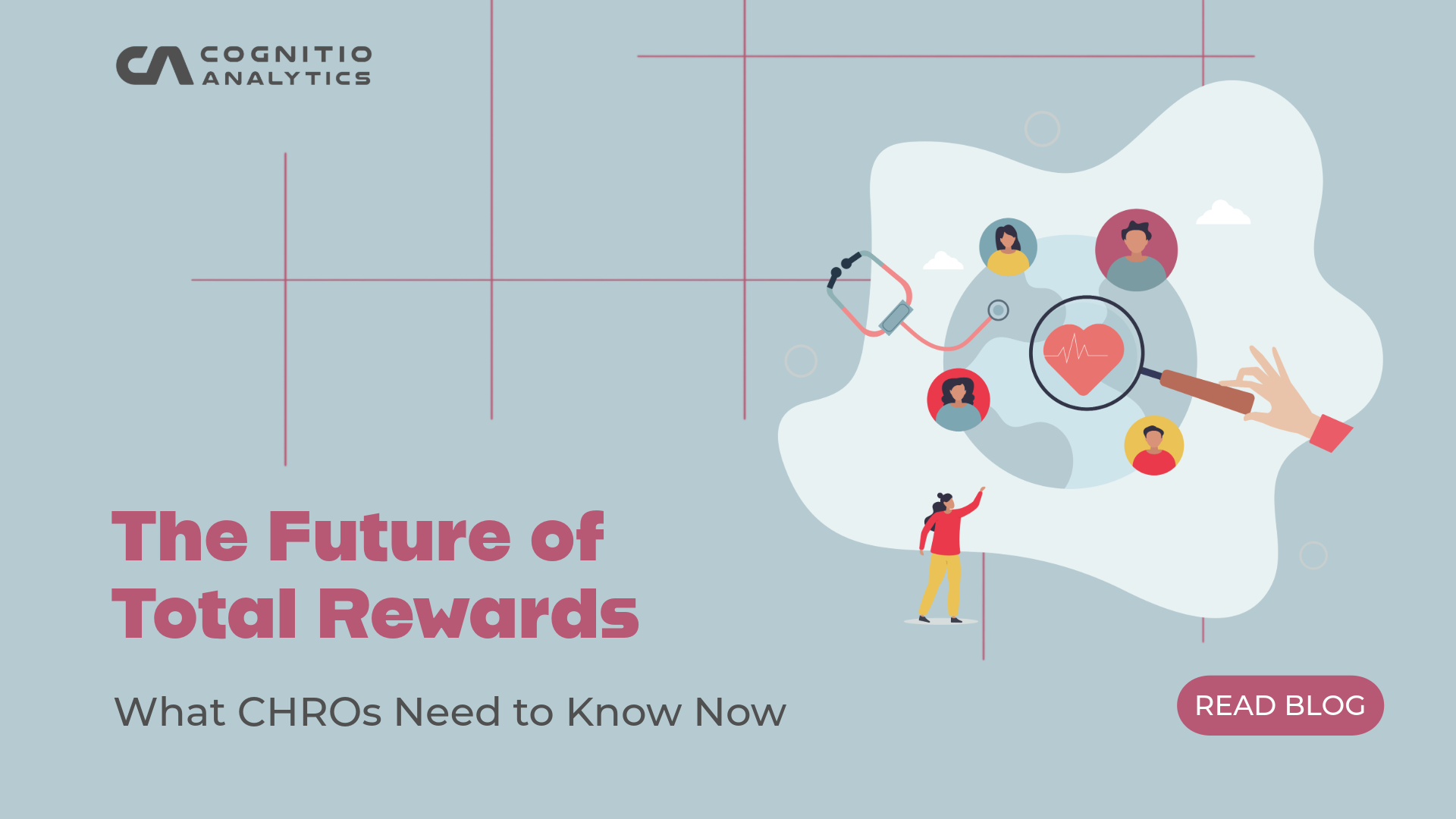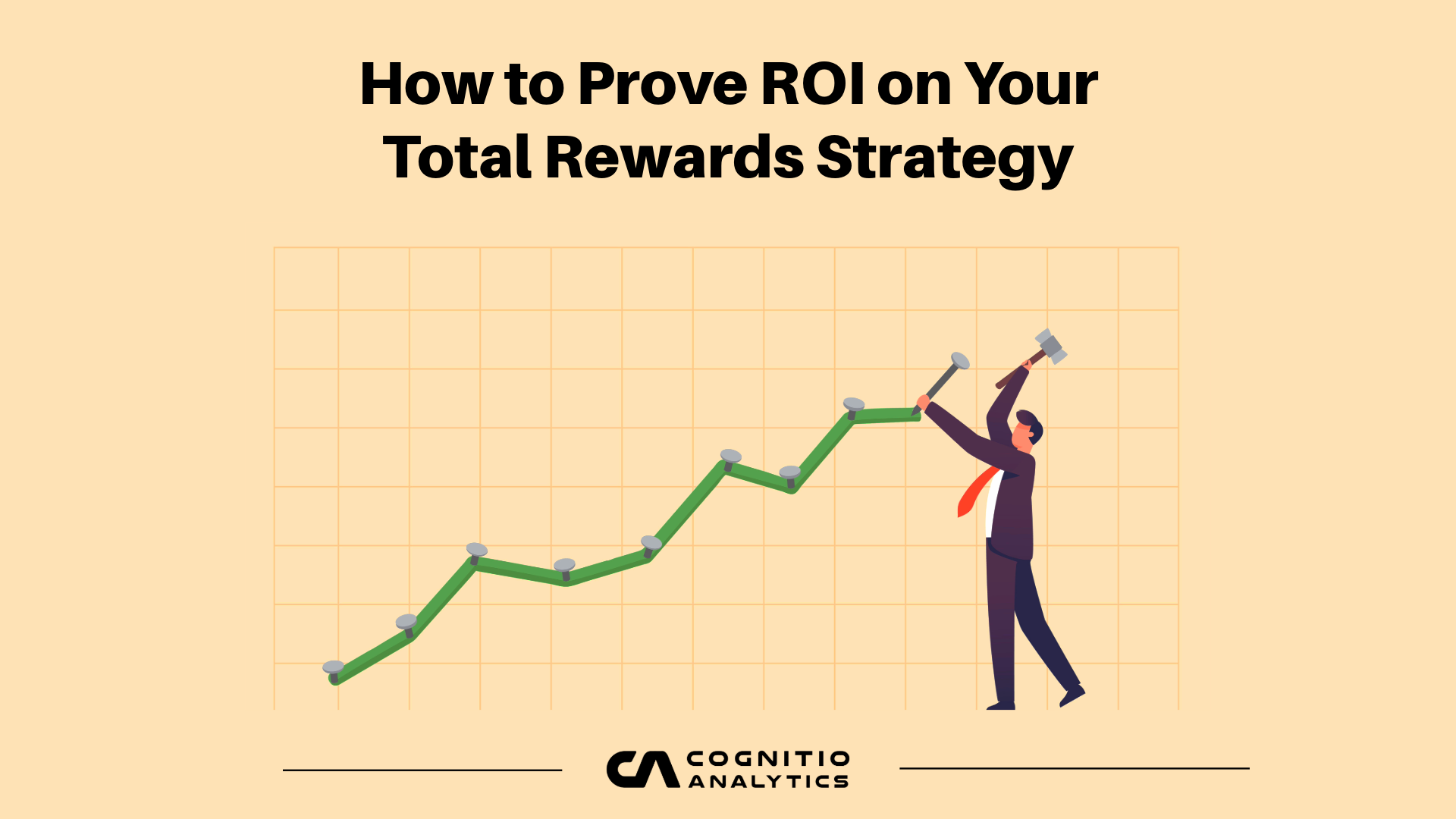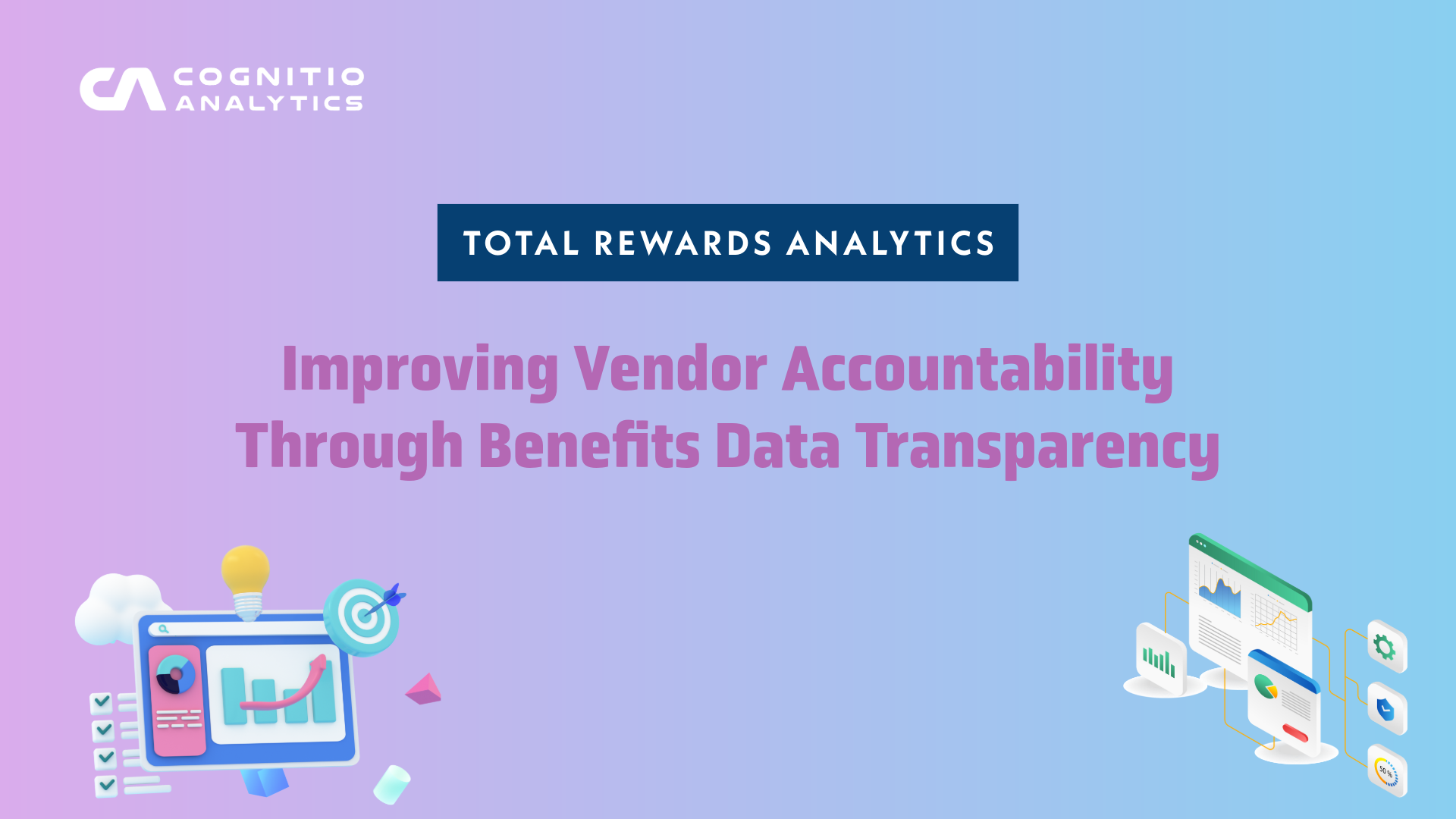
Turn Insights Into Outcomes: Measuring the Value of Your Wellness Programs
- Published Date: October 17, 2025
Employee wellness programs have become essential in today’s workplace, aiming to improve health, engagement, and productivity. Yet, many organizations struggle to answer a critical question: What is the real value of these programs?
Without measurable outcomes, wellness initiatives risk being perceived as perks rather than strategic investments. Total Rewards Analytics (TRA) provides a framework for quantifying both the financial and human impact of wellness programs—turning insights into tangible outcomes.
The Challenge of Measuring Wellness ROI
Wellness ROI is notoriously difficult to measure because:
- Benefits impact both financial (healthcare costs, absenteeism) and human (employee satisfaction, engagement) outcomes.
- Data often resides across multiple vendors and systems, making analysis complex.
- Outcomes may take months or years to materialize, requiring both predictive and retrospective analytics.
These challenges make it difficult for HR to demonstrate program effectiveness and secure leadership buy-in.
How TRA Converts Data into Actionable Insights
TRA helps organizations track the performance of wellness initiatives and calculate their true value:
- Program-Level Analysis – Monitor participation, engagement, and utilization trends to understand which programs drive impact.
- Financial Impact – Quantify cost savings through reduced claims, emergency visits, and chronic condition management.
- Employee Value Metrics – Measure satisfaction, engagement, and productivity improvements to capture the human ROI.
- Predictive Modeling – Forecast long-term savings from preventive care, targeted interventions, and behavioral programs.
This data-driven approach ensures that wellness programs are not just activities, but measurable strategies with clear outcomes.
The Benefits of Measuring ROI
- Stronger Strategic Influence – Demonstrating ROI elevates HR as a business partner rather than a cost center.
- Optimized Program Investment – Resources can be allocated to programs that deliver the highest impact.
- Enhanced Employee Experience – Programs are tailored based on data, improving engagement and satisfaction.

Maximize the impact of wellness initiatives.
Learn how TRA helps organizations quantify the value of their programs and make data-driven decisions that deliver real results.
Conclusion: From Insight to Outcome
Wellness programs should be more than a nice-to-have—they are a measurable investment in workforce health and business performance. By leveraging TRA, HR leaders can turn complex data into actionable insights, prove ROI, and optimize programs for maximum impact.
With a clear understanding of both human and financial outcomes, wellness initiatives can transform from a discretionary perk into a strategic driver of organizational success.
Explore the Latest
Insights, stories, and trends shaping the future of work and rewards.



